
Humans
Have a taste of our favorite food stories from 2025
This year, researchers took a bite out of culinary innovation. Check out some of our favorite food-related stories from 2025.
By Carly Kay
Every print subscription comes with full digital access

This year, researchers took a bite out of culinary innovation. Check out some of our favorite food-related stories from 2025.
We summarize the week's scientific breakthroughs every Thursday.

A massive collision between two asteroid-sized bodies around a nearby star offers a rare look at the violent process of planetary construction.

The Terra Hunting Experiment will track the wobbles of dozens of stars nightly for years in the most focused hunt yet for an Earth twin.
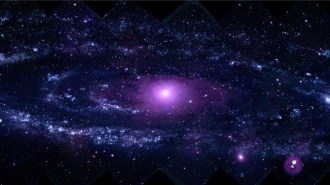
A mysterious excess of far-ultraviolet light seen across the Milky Way could come from the annihilation of clumpy dark matter.
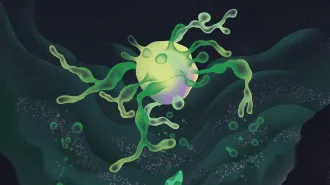
The tiny pantheon known as the Asgard archaea bear traits that hint at how plants, animals and fungi emerged on Earth.
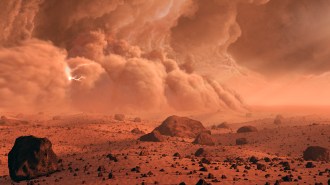
A microphone on NASA’s Perseverance rover recorded the sounds of electrical discharges generated by dusty gusts.
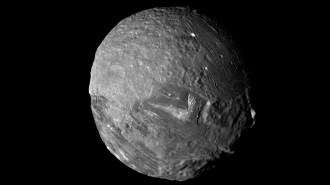
Simulations show that subsurface oceans on small moons may hit boiling conditions, potentially creating features like Miranda’s distinctive ridges.
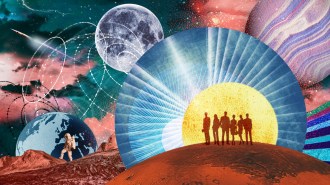
Funding uncertainties are pushing U.S. space scientists out of the field and putting existing and future space missions on the chopping block.
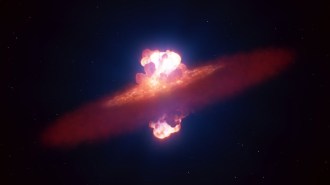
Some of the earliest images ever taken in the wake of massive star’s death give astronomers important clues about what triggers a supernova.

Planetary scientist Adeene Denton runs computer simulations to investigate Pluto, the moons of Saturn and other icy bodies in the solar system.
Subscribers, enter your e-mail address for full access to the Science News archives and digital editions.
Not a subscriber?
Become one now.